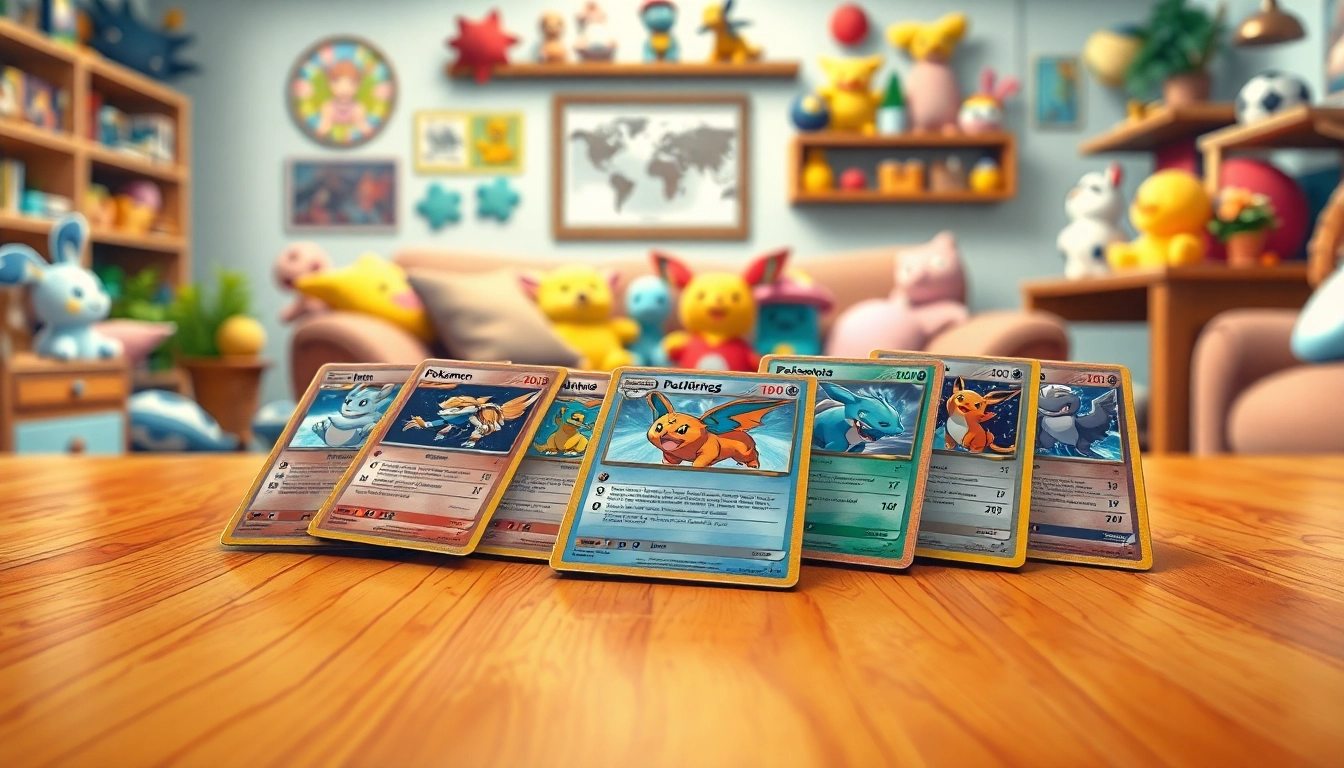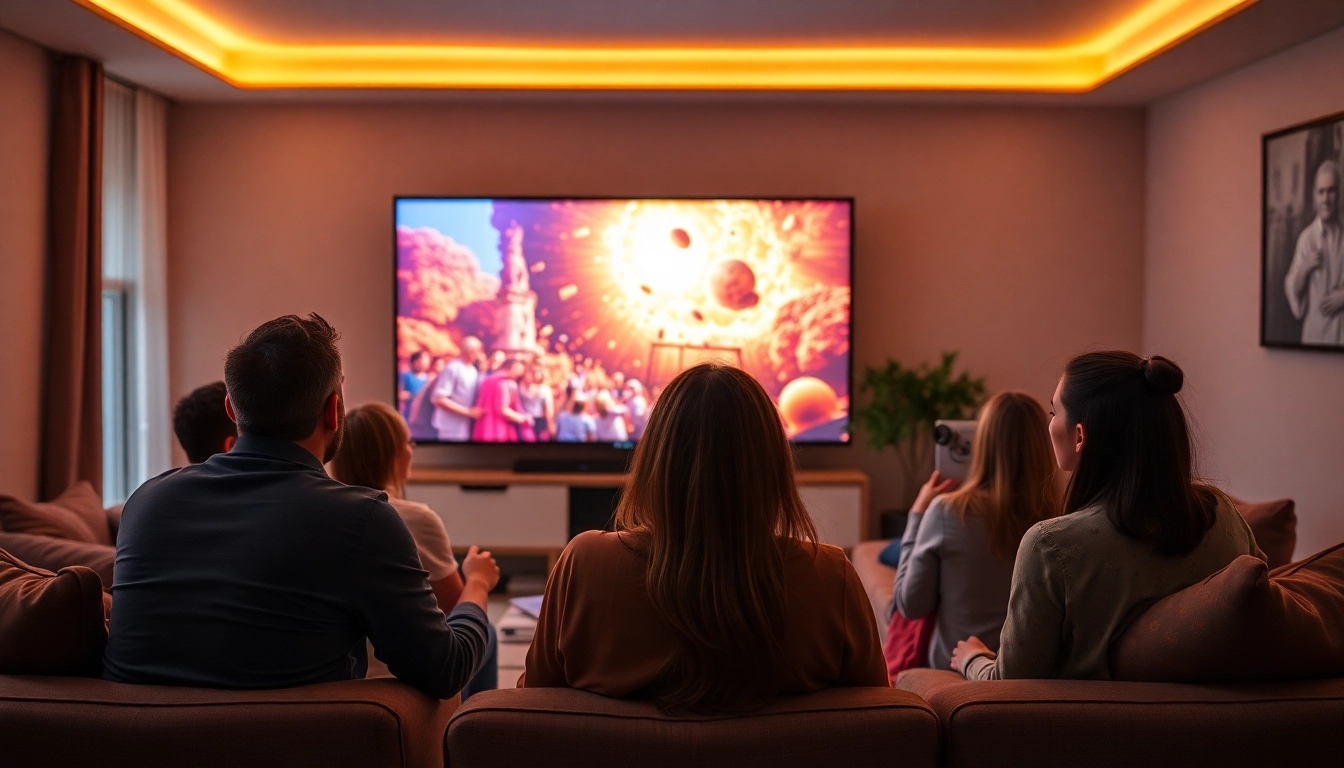Understanding Real Pokemon Cards
What Defines Real Pokemon Cards?
Real Pokémon cards are officially produced cards that are distributed as part of the Pokémon Trading Card Game (TCG). These cards are made by The Pokémon Company, and there are specific characteristics and features that differentiate them from counterfeit or fake cards. Authentic Pokémon cards feature high-quality printing, precise colors, and a consistent feel that collectors and enthusiasts can easily recognize.
Common Features of Authentic Cards
Identifying real Pokémon cards involves understanding certain physical characteristics. Authentic cards typically exhibit:
- Material Quality: Genuine Pokémon cards are made from a specific type of card stock that has a distinct texture and weight.
- Print Quality: The text, artwork, and logo should be crisp and vibrant, without any smudging or bleeding.
- Card Thickness: Real Pokémon cards have a consistent thickness that you can feel when holding them.
- Holographic Features: Shiny cards come with a unique holographic pattern that is hard to replicate correctly.
- Set Symbols and Rarities: Authentic cards will have specific symbols indicating the set they belong to and their rarity, usually located in the bottom right corner.
Why Authenticity Matters to Collectors
For serious collectors, authenticity goes beyond mere aesthetics. The value of Pokémon cards can significantly vary based on their condition and authenticity. A real card not only holds sentimental value but also has market value, depending on its rarity, condition, and demand. Collectors are often drawn to the thrill of finding rare cards, but this enjoyment can be severely diminished if they end up with counterfeits. Additionally, knowing how to discern between real and fake cards can prevent financial loss.
Finding Real Pokemon Cards Online
Top Retailers for Authentic Cards
When searching for Real pokemon cards, it’s essential to purchase from trusted retailers. Here are some of the most reputable places to shop:
- Pokémon Center Official Site: This is the official Pokémon store where you can find a wide range of TCG products, ensuring authenticity.
- TCGPlayer: A marketplace dedicated to trading cards, TCGPlayer provides a platform for both buying and selling, with seller ratings to ensure trustworthiness.
- eBay: eBay has a vast selection of Pokémon cards. Look for sellers with high feedback ratings, which typically signifies reliability.
- Amazon: While it’s essential to be cautious here, many trusted sellers offer authentic Pokémon cards through their storefronts.
How to Spot Fake Listings
Spotting a fake listing online can save you from making a regrettable purchase. Here are some tips to help you:
- Examine Photos: Authentic listings usually provide high-resolution images from multiple angles, showcasing the details of the cards.
- Check Seller Ratings: Reputable sellers often maintain high ratings and positive reviews from previous buyers.
- Price Comparison: If a listing’s price is significantly lower than market value, it could indicate that the cards are fake.
- Ask for Details: Trusted sellers are willing to provide additional information or photos to verify authenticity.
Utilizing Community Insights for Reliable Sources
Engaging with the Pokémon community can greatly enhance your purchasing experience. Many collectors share their experiences on forums like Reddit or dedicated Pokémon group discussions. Here, you can ask for recommendations for trustworthy sellers or get advice on spotting counterfeit cards. Forums often have sticky posts or resources that outline best practices for purchasing cards and avoiding scams.
Collecting Real Pokemon Cards
Starting Your Collection: What to Look For
As a newcomer to Pokémon card collecting, it’s vital to know what to look for:
- Set Focus: Determine if you want to collect specific sets (like Base Set, XY, or Sun & Moon) or particular Pokémon species (like Charizard or Pikachu).
- Condition: Cards graded by professional services (like PSA) offer assurance about their condition, making them more desirable.
- Rarity: Pay attention to rare cards, which often have higher market values and collector interest.
Valuing Your Collection: Tips and Resources
Understanding the value of your collection is crucial for insurance, resale, or trading purposes. Utilize these methods to help gauge value:
- Online Pricing Guides: Websites like TCGPlayer and Beckett offer pricing insights based on recent sales data.
- Grading Services: Getting your cards graded can significantly enhance their value, especially for rare items.
- Community Groups: Engaging with local and online collector groups can provide informal valuation insights based on current market trends.
Connecting with Other Collectors Online
Networking with fellow collectors can enrich your experience and offer valuable insights. Here are ways to connect:
- Social Media Groups: Platforms like Facebook, Instagram, and Twitter have numerous groups and pages dedicated to Pokémon card collecting.
- Online Forums: Websites like r/PokemonTCG on Reddit are excellent for discussions, advice, and making trades.
- Local Meetups: Look for local trading events or Pokémon tournaments that allow you to meet fellow enthusiasts.
Maintaining Your Real Pokemon Cards
Best Practices for Care and Storage
Proper care and storage can prolong the life and condition of your cards:
- Use Sleeves: Always place cards in protective sleeves to prevent scratches and dirt.
- Store Flat: Cards should be stored flat and not bent or folded.
- Keep in a Cool, Dry Place: Avoid extreme temperatures and humidity, which can warp cards.
Understanding Card Grading and Its Importance
Card grading is a standardized method for assessing the condition of a card. The grade (typically from 1 to 10) directly impacts the card’s market value:
- Professional Grading Companies: Services like PSA and BGS offer grading that can significantly increase the resale value of cards.
- Understanding the Process: Research how grading is done, including what elements are evaluated (corners, centering, surface).
When and How to Sell Your Cards
Knowing when to sell your cards is as crucial as knowing how. Consider the following aspects:
- Market Trends: Keep an eye on demand shifts and the overall market trends for Pokémon cards, which can affect pricing.
- Timing: Certain events (like Pokémon anniversaries or new game releases) may drive prices up.
- Choose Selling Platforms Wisely: Decide between local meet-ups, online marketplaces, or auction sites depending on what suits you best.
Frequently Asked Questions About Real Pokemon Cards
How to Ensure You’ve Purchased Authentic Cards?
To ensure you are purchasing authentic cards, always buy from reputable sources, check for the features mentioned earlier, and look for seller reviews. If unsure, compare your purchase with similar cards or consult community resources for advice.
Where Can I Find Value Estimates for My Cards?
For valuation estimates, utilize online platforms like TCGPlayer, eBay sold listings, and grading agencies. Join communities and forums that focus on collecting to gain insights on current market values and trends.
Tips for Trading Real Pokemon Cards Safely
When trading cards, ensure safety by:
- Meeting in Public Places: Choose well-lit and populated areas for any face-to-face trades.
- Using Trusted Platforms: Consider peer-reviewed marketplaces for online trades.
- Standardizing Trade Values: Agree on the value of cards before trading to avoid disputes later.



